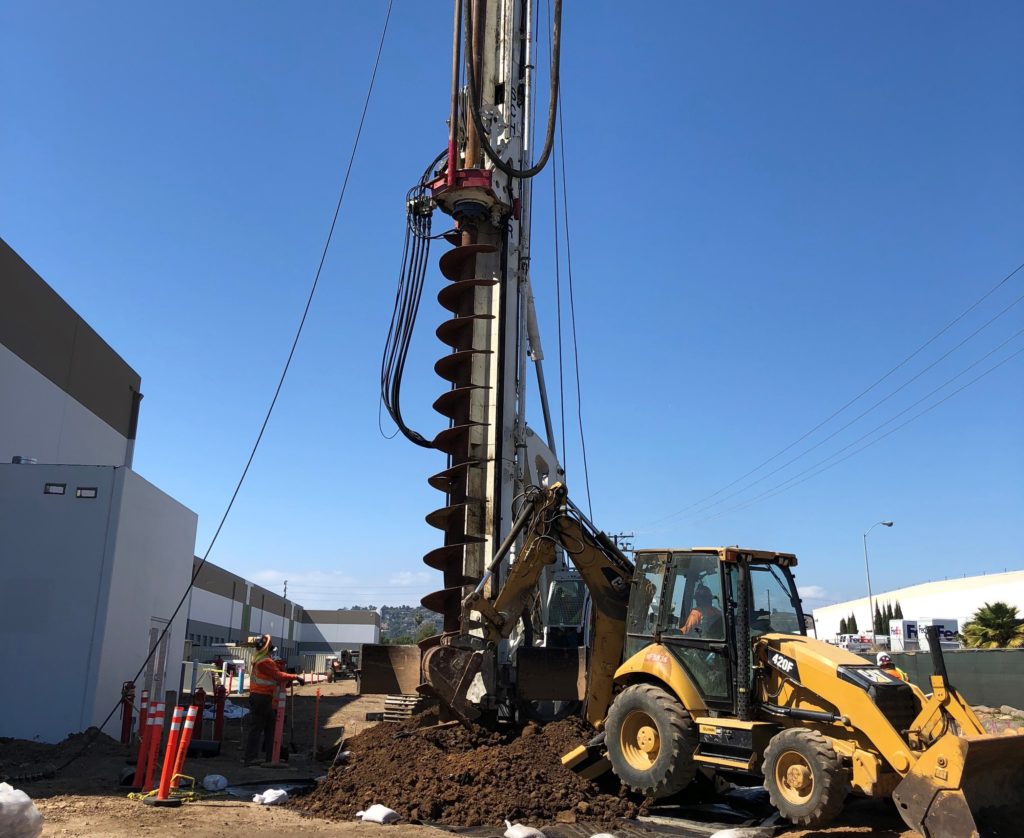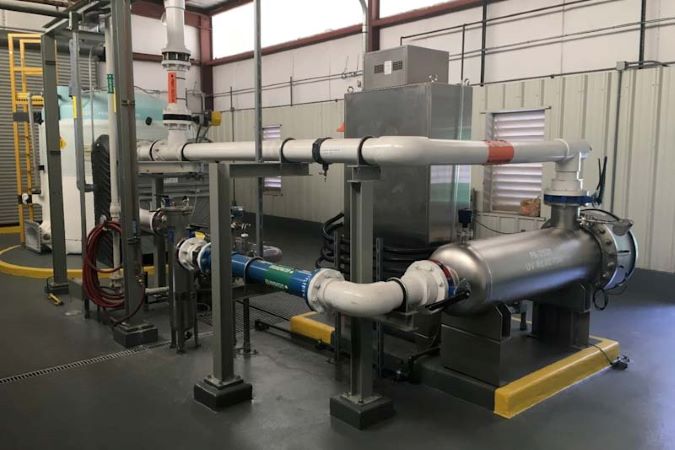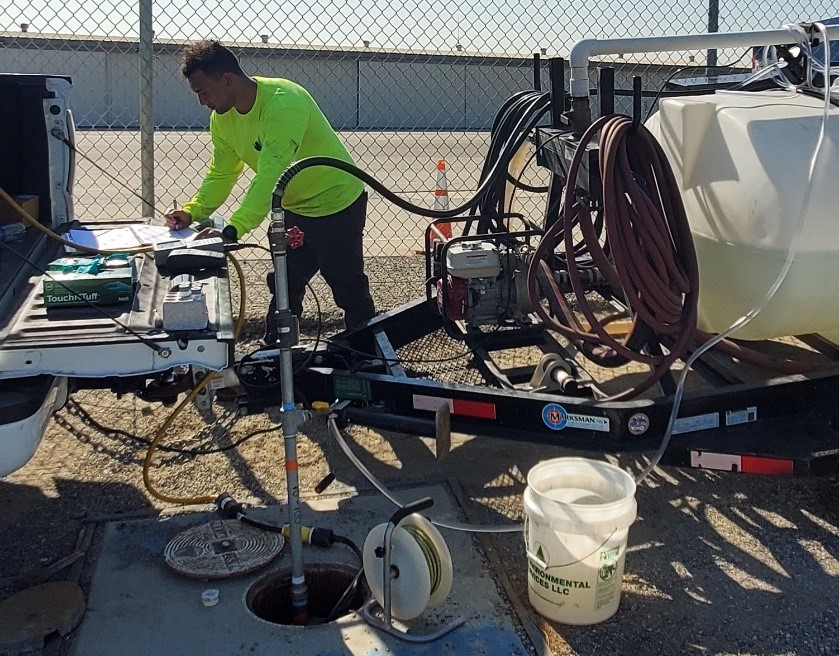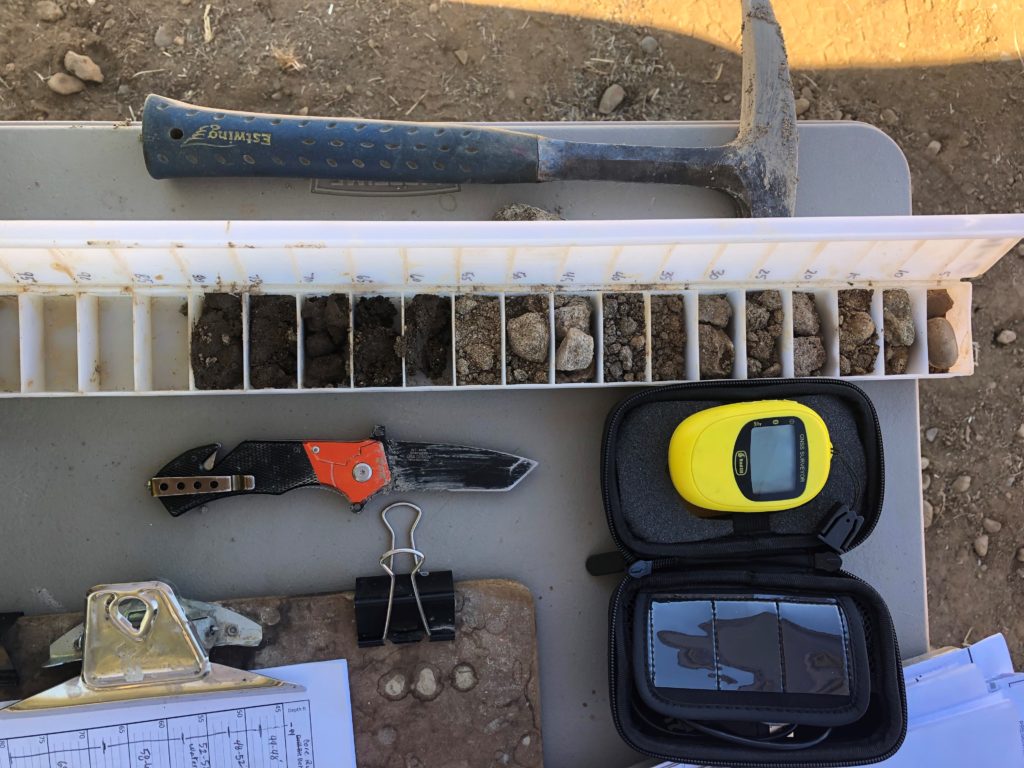How To Choose the Right Environmental Consultant for an Aerospace Remediation Site
This blog offers a general framework for vetting and selecting an environmental consultant for the aerospace industry covering on-going environmental compliance, site investigations, and remediation to Superfund closure.







